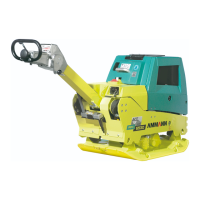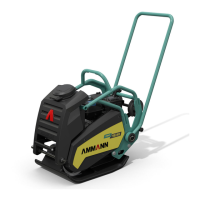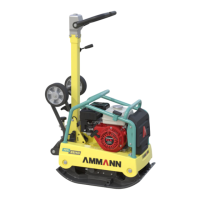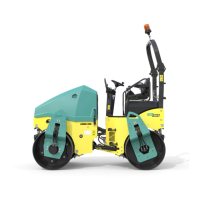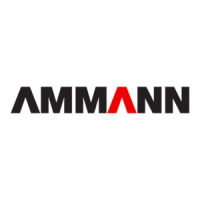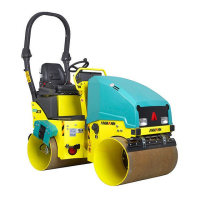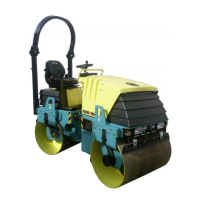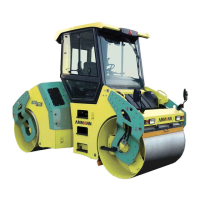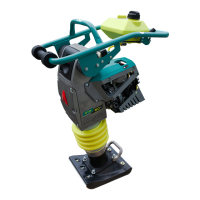Why does my Ammann APH 6530 ACEforce Construction Equipment engine stop by itself during regular operation?
- LLindsay SanchezAug 6, 2025
Your Ammann Construction Equipment engine might stop during operation due to several reasons: * The fuel supply could be interrupted. * The fuel tank may be empty. * The fuel filter could be blocked. * The feed pump might be defective. * There could be a loss of oil pressure. In the first four cases, add fuel or renew the fuel filter. Check the engine oil level if oil pressure is lost. For mechanical defects, contact a HATZ service station.
